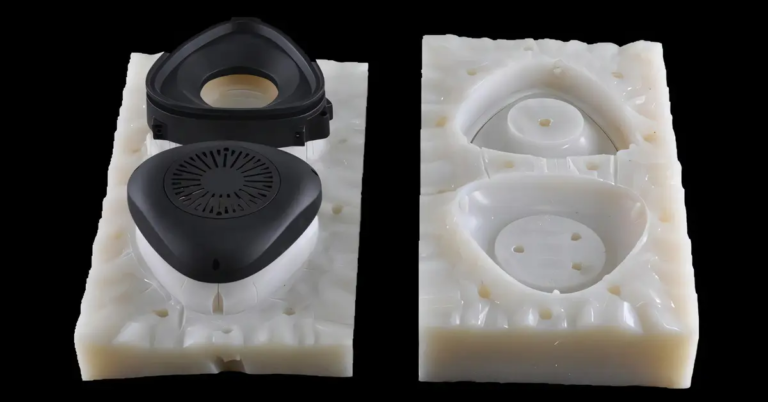The manufacturing of defense parts requires high precision, accuracy and reliability. Computer numerical control (CNC) machining has revolutionized the generation of these critical components, enabling complex geometry and precise tolerances. In this article, we will dig into the world of CNC machining for defensive components and explore the benefits, challenges and applications of this technology.
CNC machining is a subtractive manufacturing process that uses a computer-controlled machine to remove materials from workpieces, thus creating the desired shape and design. This method has many advantages over traditional machining techniques, including improved accuracy, faster production times and improved finishes. These benefits are especially important when it comes to defense components, as the reliability and performance of these components can be a matter of life and death.
One of the main challenges in manufacturing defensive parts is the need for high accuracy and accuracy. Defense components often require complex geometry and tight tolerances, which can be difficult to achieve using traditional machining methods. CNC machining, on the other hand, allows precise tolerances of parts to be as low as ±0.001 mm, making it an ideal solution for defense applications.
Another important advantage of CNC machining for defensive components is the ability to use a wide range of materials. Defensive components are usually made of exotic materials such as titanium, stainless steel and aluminum, and using traditional methods can be challenging for machines. However, CNC machining can easily accommodate these materials, allowing for the production of complex parts with different material properties.
The use of CNC machining in defense manufacturing also provides several logistical benefits. CNC machines can operate 24/7, reducing production time and improving efficiency. Additionally, CNC machining can create complex parts in a single operation, reducing the need for multiple machining steps and minimizing the risk of human error.
Although CNC machining has many benefits in defense components, there are still some challenges to consider. One of the main problems is the need for professional equipment and expertise. CNC machining requires trained operators and professional machines, which can be a significant investment for manufacturers. In addition, the production of defense parts often requires compliance with strict regulatory requirements, which may increase the complexity and cost of the manufacturing process.
In short, CNC machining is a key technology in the production of defensive components, with high accuracy, accuracy and reliability. Despite the challenges that need to be considered, the benefits of CNC machining make it an important tool for defense component manufacturers. By leveraging the capabilities of CNC machining, manufacturers can produce complex, high-quality parts that meet the strict requirements of the defense industry.
FAQ:
Q: What is CNC machining and how does it work?
A: CNC machining is a subtraction manufacturing process that uses a computer-controlled machine to remove material from the workpiece, creating the desired shape and design.
Q: What are the benefits of CNC machining for defensive components?
A: The benefits of CNC machining for defensive components include high accuracy, accuracy and reliability, as well as the ability to use a variety of materials and produce complex geometries.
Q: What types of materials can be used in CNC machining for defensive components?
A: CNC processing can accommodate a variety of materials, including titanium, stainless steel, aluminum and other foreign materials.
Q: What are the challenges of CNC machining to defensive components?
A: The challenges of CNC machining to defensive components include the need for professional equipment and expertise, as well as compliance with strict regulatory requirements.
Q: How does CNC machining improve the generation of defensive components?
A: CNC machining improves the generation of defense components by achieving complex geometry and precise tolerances, reducing production time and improving efficiency.
Q: Can CNC machining be used for other applications besides defense components?
A: Yes, CNC machining can be used in a wide range of applications, including aerospace, automotive, medical and consumer products.

















